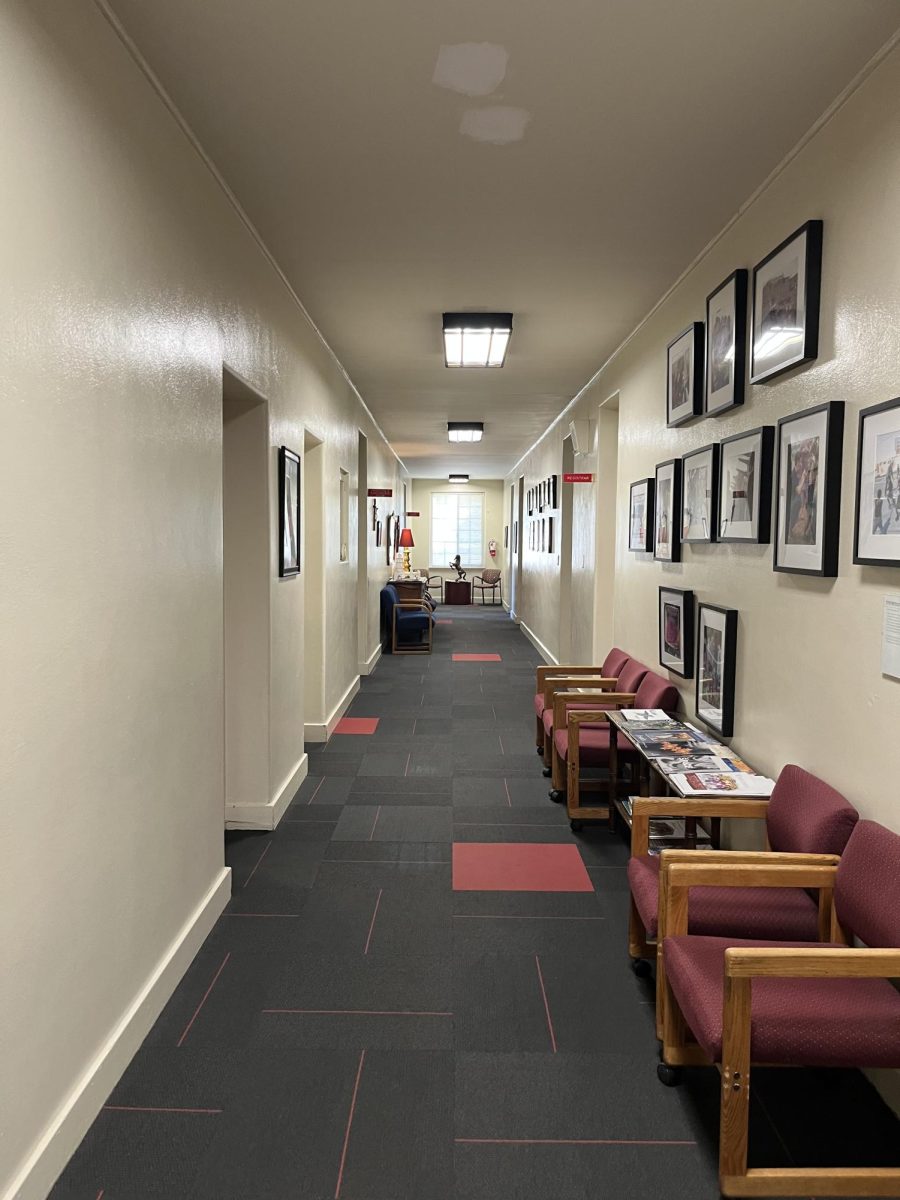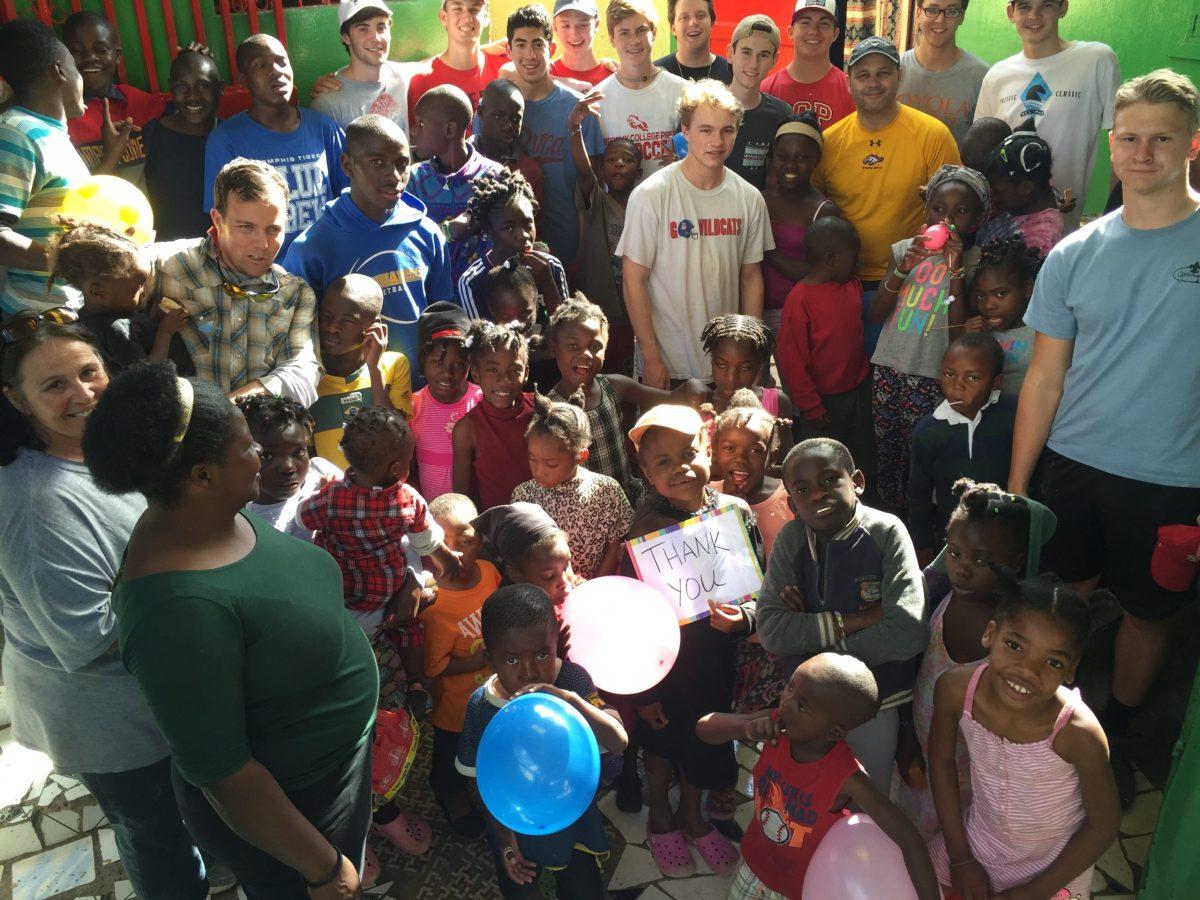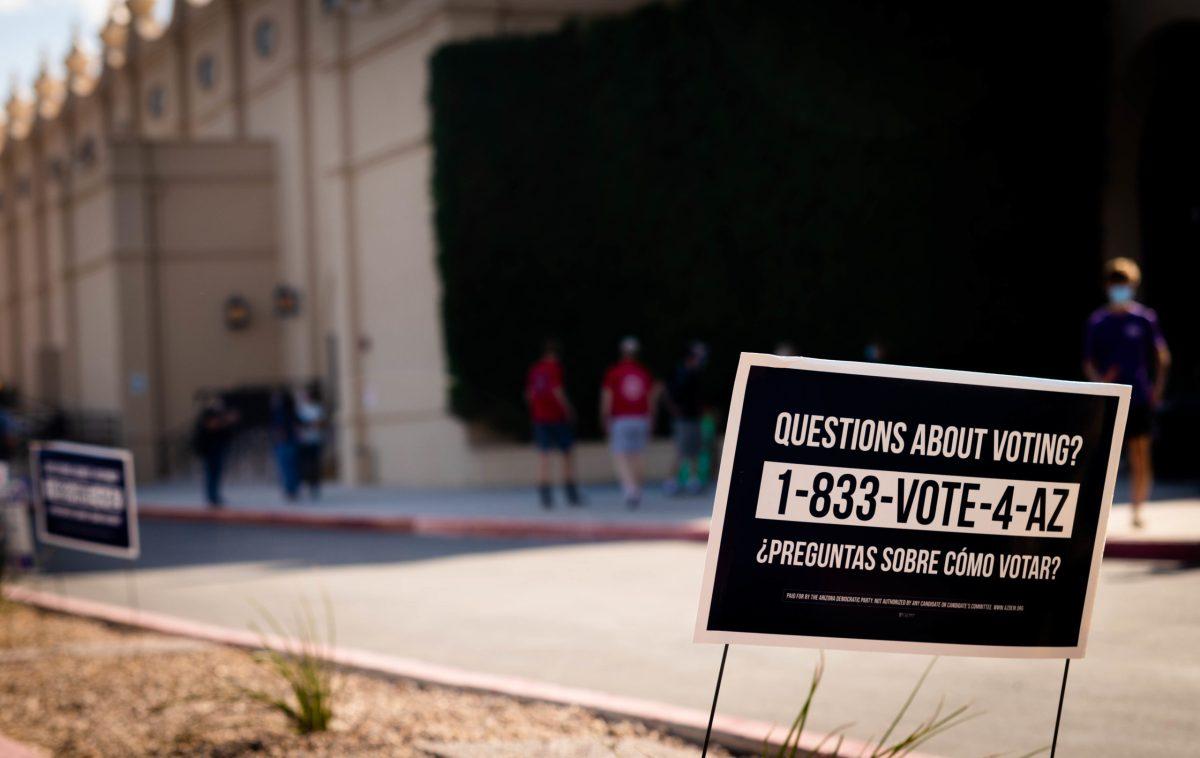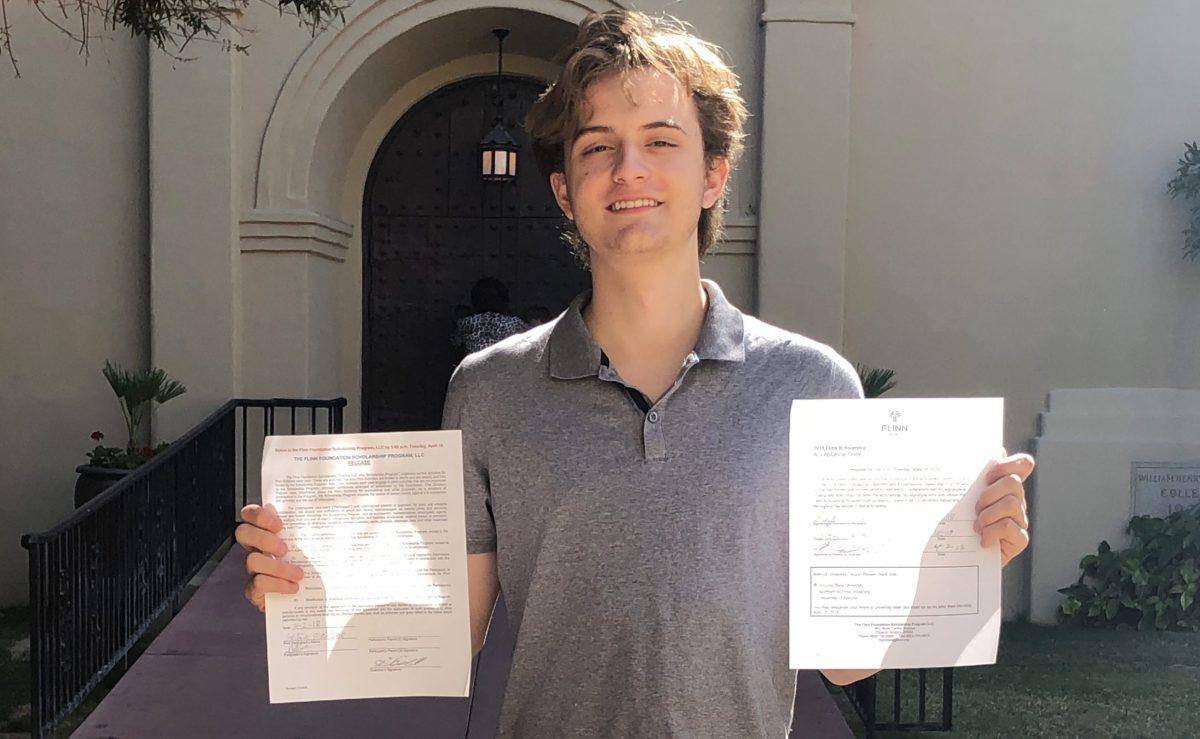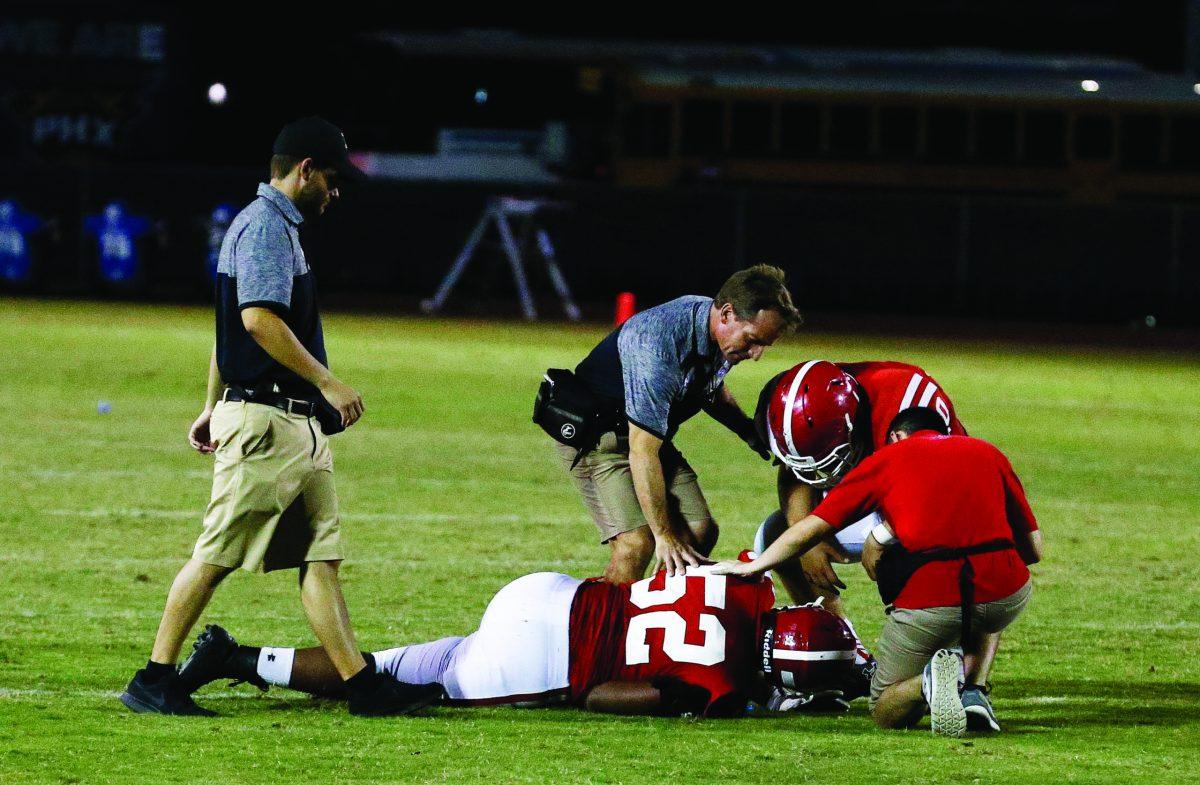Brophy students and teachers visit with children at a Haitian orphanage Fermathe.
By Anthony Cardellini ’17 & Andrew Howard ’17
THE ROUNDUP
Sometimes it is difficult to imagine how much and how great the world’s poverty is.
More frighteningly, it is difficult to think of any ways for students like us to make a dent in that poverty.
Going on the first Brophy Haiti immersion trip, March 27 to April 2 offered us a chance to glimpse the vastness of world poverty while giving us ways to begin to help.
Driving from the airport in Port-au-Prince to our guesthouse in Fermathe was an experience in itself.
On the drive we stopped at a local grocery store, only to see a security guard with a sawed off shotgun. Seeing things like this is the norm in Haiti.
We arrived at the guesthouse, where we would spend the next three days eating and sleeping. Each day, we would go from there to an orphanage run by the Scottsdale agency Chances for Children.
The first half of each day at the orphanage was spent improving the conditions of the school. We painted classrooms and built soccer goals.
We also moved around 600 boxes of Feed My Starving Children rice to a new storage facility. We had both previously worked for Feed my Starving Children before coming on this trip, and being able to see the boxes come full circle was a very moving experience.
After lunch, we would play with the orphanage kids. This experience was certainly one of the most rewarding of the entire trip.
The youngest kids would come up to us with their arms raised, and we and we would hold them and give them candy. The oldest played games with us—everything from cornhole to football to soccer.
Going in, we expected to see lots of pain in the eyes of the children due to the harshness of the conditions around them. Instead, we realized that they were full of joy in seeing us, and we were able to connect with them without even speaking their language.
The circumstances the kids at the orphanage had to face were eye-opening for us, and made us quickly forget our own problems. But what was even more shocking was their innocence and ability to find joy in the simple things, regardless of their surroundings.
On the fourth day, we drove four hours to a small village in Northern Haiti called Desdesdunnes. This village was filled with small shacks and emaciated children.
The children huddled into the village church, a small tin shack with derelict benches. Around 250 of them crammed into the tight space.
We then distributed to the children one of two meals they would get all week: a small plate of rice and a glass of clean water. At one point, the center ran out of water, something that happens often, and we ended up giving them water from a jug that we had brought with us.
To think that running out of water is something that is a normal occurance to us was eye opening. Food and water are the most basic necessities of life, and to see that some places don’t have them affected everyone on the trip.
Certainly, while we were feeding them, we felt like we were actually making change. This was a new feeling for most of us and it was extremely empowering. As we watched the children eat, we felt satisfied ourselves because of the work we were doing.
Although we might have made some change in Haiti, the immersion trip opened our minds to the huge amount of work to be done. In that country alone, there were more starving people than we could ever feed.
But rather than discourage us from pursuing this goal, Haiti inspired us to want to do more. This is because it gave us a glimpse into the joy we could receive from helping others, a joy you do not have to journey to Haiti to find.

